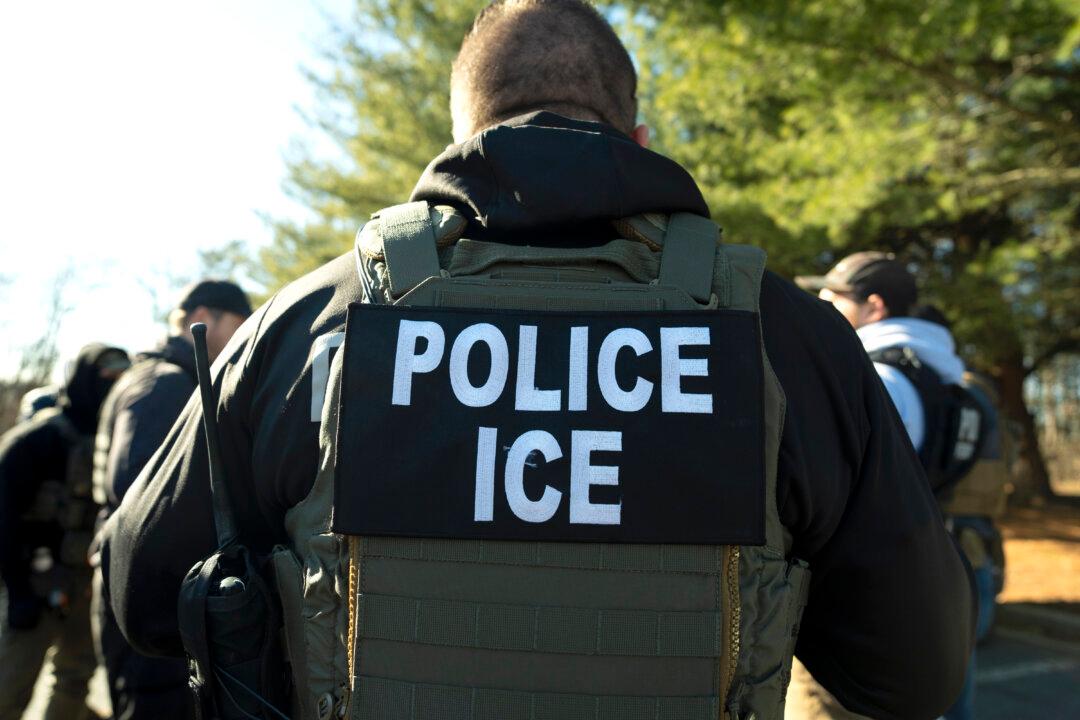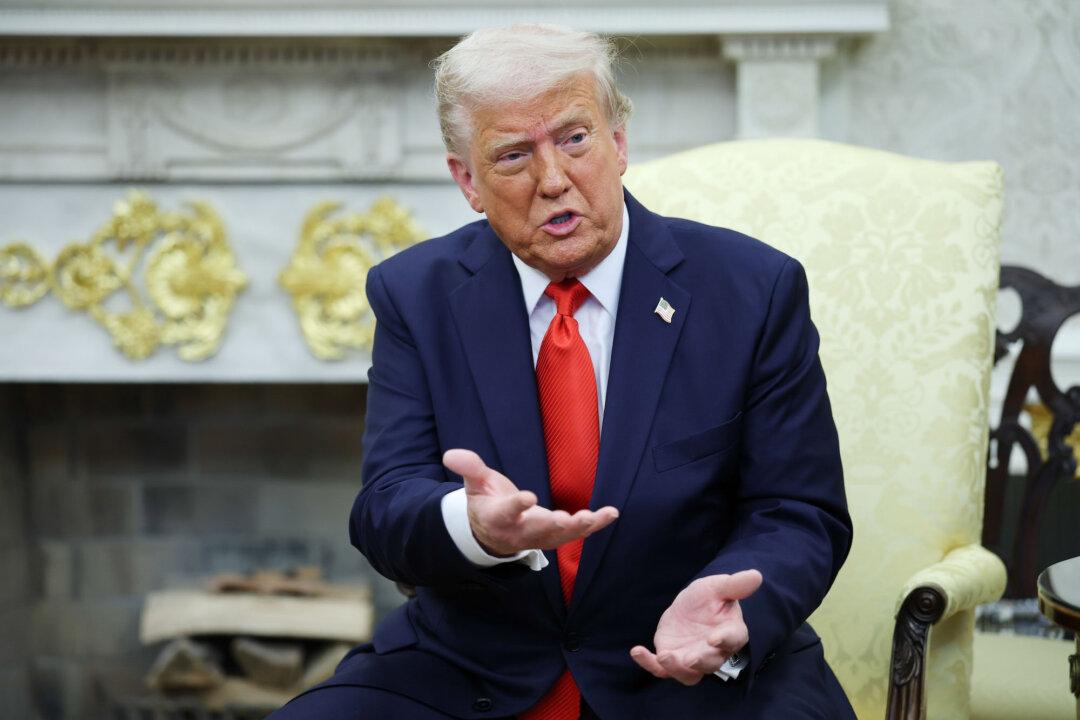President Donald Trump’s foreign trade policy is built on the principle of reciprocity, not protectionism, White House economic adviser Kevin Hassett said on Feb. 10.
He emphasized that U.S. tariffs are meant to match those imposed by other nations, not provoke trade wars.
With renewed scrutiny over Trump’s trade policies and speculation about a multifront trade war, Hassett, who is director of the National Economic Council, said the United States has long faced unfairly high tariffs from its trading partners.
“Almost every trading partner has much higher tariffs than we do,” he said, noting that only the UK maintains tariffs roughly in line with U.S. rates.
Hassett noted that Canada and Mexico also technically fall into this category because of the United States–Mexico–Canada Agreement (USMCA), which eliminated most tariffs on North American trade.
Hassett singled out the European Union, Taiwan, and India for imposing significantly higher tariffs on U.S. goods—roughly 2 percent to 3 percent higher in the EU, 10 percent to 11 percent in Taiwan, and about 20 percent in India. He described India’s rates as “lockout rates” aimed at restricting U.S. market access.
“President Trump believes that, at the very least, everybody should agree that if they’re charging us 20 [percent], then we should charge them 20 [percent], and then if they go down, we'll go down,” he said. “But that’s the idea of reciprocity in the tariff space.”
Hassett’s remarks come days before Indian Prime Minister Narendra Modi arrives in Washington for a two-day visit. The meeting follows Trump’s past criticisms of India as a “very big abuser” in trade, with the president urging India to buy more U.S.-made goods to address trade imbalances.
Speculation is mounting that India may announce tariff reductions ahead of Modi’s meeting with Trump, with potential cuts across electronics, medical equipment, and other sectors. However, there has been no official confirmation from Modi’s office, which has stated only that discussions will focus on technology, trade, defense, energy, and supply chains.
“We will work together for the mutual benefit of the people of our two countries and shape a better future for the world.”
Trump’s tariff strategy has already been applied to China, Canada, and Mexico. The United States has imposed 10 percent tariffs on Chinese goods. Tariffs on Canadian and Mexican imports were initially set at 25 percent, but implementation was postponed for 30 days following agreements to enhance border security and address crime.







